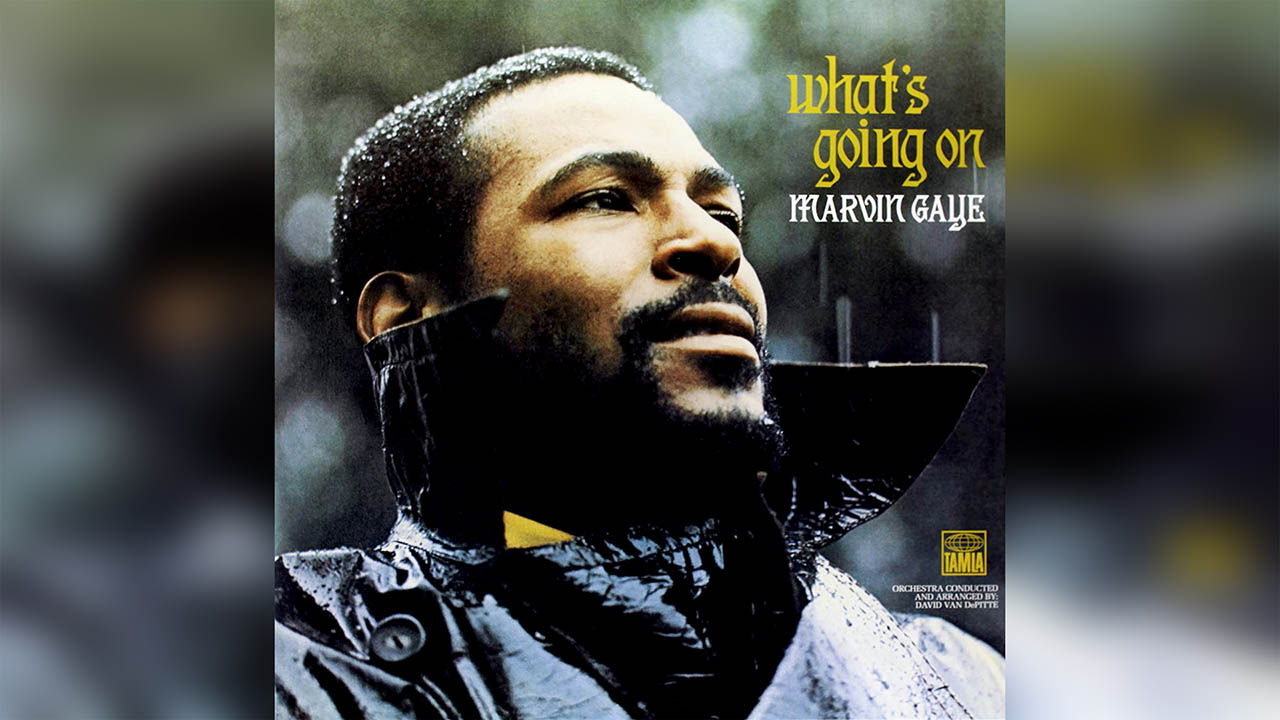Interrobang Rewind: What's Going On — Marvin Gaye
 CREDIT: MOTOWN RECORDS/UMG
CREDIT: MOTOWN RECORDS/UMGMarvin Gaye's 11th studio album is a timeless classic that seamlessly blends the protest music of the 60s and classic American soul.
Usually when I write these reviews, I tend to stick to albums I’ve listened to a lot, or at the very least a genre I know a lot about. This time, it’s neither. This album, and the soul genre on the whole, are both very new to me. But even with my limited knowledge of the genre, I can say this; What’s Going On is a masterpiece and Marvin Gaye is one of the finest musicians to ever grace this earth.
What’s Going On, released on May 21, 1971, is the 11th studio album from American soul singer Marvin Gaye. The album is a concept album, sung from the point of view of a Vietnam war veteran returning to America to see that it’s full of hate and suffering. It explores themes of drug abuse, poverty, and the Vietnam War, which was at the time, really starting to lose favour with the general public.
The entire album is a cycle, with each song leading into the next seamlessly. This is one of those albums that is meant to be listened from front to back, as the songs on their own tend to not amaze. But when they all come together, they paint this beautiful soundscape that is both simultaneously beautiful and haunting. Gaye left behind the Motown sound that had made him famous, for more of a jazz influence.
In tandem with the new instrumental direction came a change to Gaye’s vocal style. He went from the loud singing voice filled with bombast that had made him up to that point, to the one that most people know him by. A softer, more airy voice that perfectly complements the somewhat resigned nature of an album like What’s Going On.
The album has been labelled as a political album, which is entirely fair. Many of the songs are calls for peace, like the title track, or “What’s Happening Brother,” where Gaye sings from the perspective of a war veteran. The veteran comes home to find that things are very different, people are divided, there’s no work to be found, and the simple joys he remembers before his time overseas are gone.
Even with songs like the first two tracks, the album isn’t just expressing Gaye’s disappointment with society, but with his own personal life too. I won’t get too far into it, but at this point in his life, Gaye was at a low point, and that shows. As I mentioned, the album is sort of resigned to its fate, with songs like “Save the Children” having lyrics like “Who’s willing to try to save a world/ That’s destined to die.”
It’s a sense of melancholy that really permeates throughout the album and has made it age wonderfully, as a lot of the themes of dealing with the inevitable are still relevant to this day. Now, that doesn’t mean the album is a depressing half hour-or-so listen, far from it.
What prevents the album from wallowing in the misery that its lyrics touch on is the music. It’s beautiful, to be frank. The percussion keeps the tempo upbeat, the strings give the songs this almost heavenly texture, and the backing vocals, my god, the backing vocals. They add an almost floaty feeling to the songs, making it feel like you’re flying above all the problems of life.
There’s a reason this album is considered a timeless classic. Its themes of poverty and dissatisfaction with the system are just as topical today as they were 50 years ago. With this album, Gaye points out the little joys in life, despite all the bad. And you can’t take the good without the bad.
Editorial opinions or comments expressed in this online edition of Interrobang newspaper reflect the views of the writer and are not those of the Interrobang or the Fanshawe Student Union. The Interrobang is published weekly by the Fanshawe Student Union at 1001 Fanshawe College Blvd., P.O. Box 7005, London, Ontario, N5Y 5R6 and distributed through the Fanshawe College community. Letters to the editor are welcome. All letters are subject to editing and should be emailed. All letters must be accompanied by contact information. Letters can also be submitted online by clicking here.

















